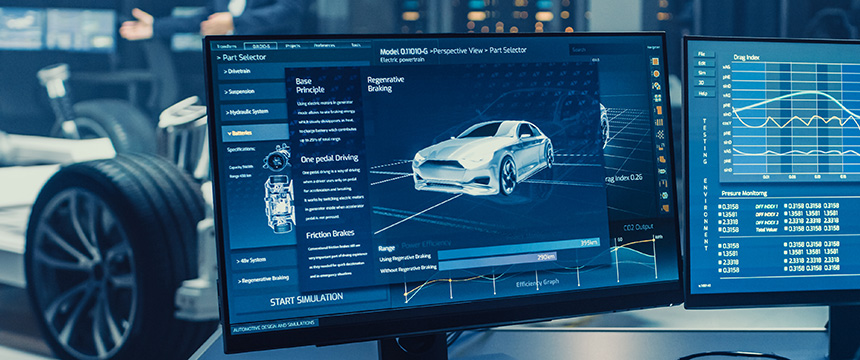Top Impacts of the Pandemic on Autonomous Vehicle Research and Development

No industry has been immune to the pandemic, and it has certainly had a significant impact on Autonomous Vehicle (AV) Research and Development. AV companies have laid-off workers, delayed testing, and postponed the launch of some vehicles.
The following are some of the top negative impacts of the pandemic on the AV industry:
- Two ride sharing companies each laid-off about 20% of their workforce, and an autonomous vehicle joint venture laid off about 10% of its workforce.
- Due to declines in vehicle purchases, Original Equipment Manufacturers (“OEMs”) and investors reduced funding and production, and shifted their focus to financial issues.
- Multiple automotive companies postponed or suspended their self-driving vehicle testing and deployment, and shutdown ride sharing services, setting back progress in AV technology development.
However, the very premise of AV technology is to improve public safety and provide societal benefits, such as reducing the number of injuries or fatalities due to traffic accidents, reducing traffic congestion, and making transportation accessible for the elderly or people with disabilities. AV companies have stepped up to the plate by applying their technology to solve unique problems posed by the pandemic. As such, it should come as no surprise that AV technology is being used to help mitigate the effects of the pandemic. Indeed, AVs can be deployed to automate tasks during the stay-at-home order and enable social distancing by providing contactless services.
The following are some illustrative examples of the top applications of AV technology to the pandemic:
- Companies deployed AVs to deliver medical supplies, food, and packages. Companies also deployed AVs to disinfect areas, and formed partnerships to accelerate the development of AV technology to mitigate the spread of the virus. Some companies repurposed their technology to assist with various efforts, including charitable deliveries.
- Robotaxi services were deployed to provide an alternative transportation system for people, and were modified to provide a temperature measurement and take disinfection measures. In another example, using a software patch configured for vehicle self-sterilization, a company was able to disinfect its fleet of vehicles.
- As the applicability of AV, 5G, and AI technology towards mitigating the spread of the virus has become increasingly apparent during the pandemic, countries have found newfound incentives to advance legislation that facilitates AV research and development.
In spite of the significant negative impacts the pandemic has had on AV companies’ ability to perform research and development and launch new products, many AV companies have still found innovative ways to apply their technology to help mitigate the spread of the virus and solve unique problems posed by the pandemic. While COVID-19 will eventually disappear, these AV-based technical innovations are here to stay and will provide valuable benefits to society for the long-term.

